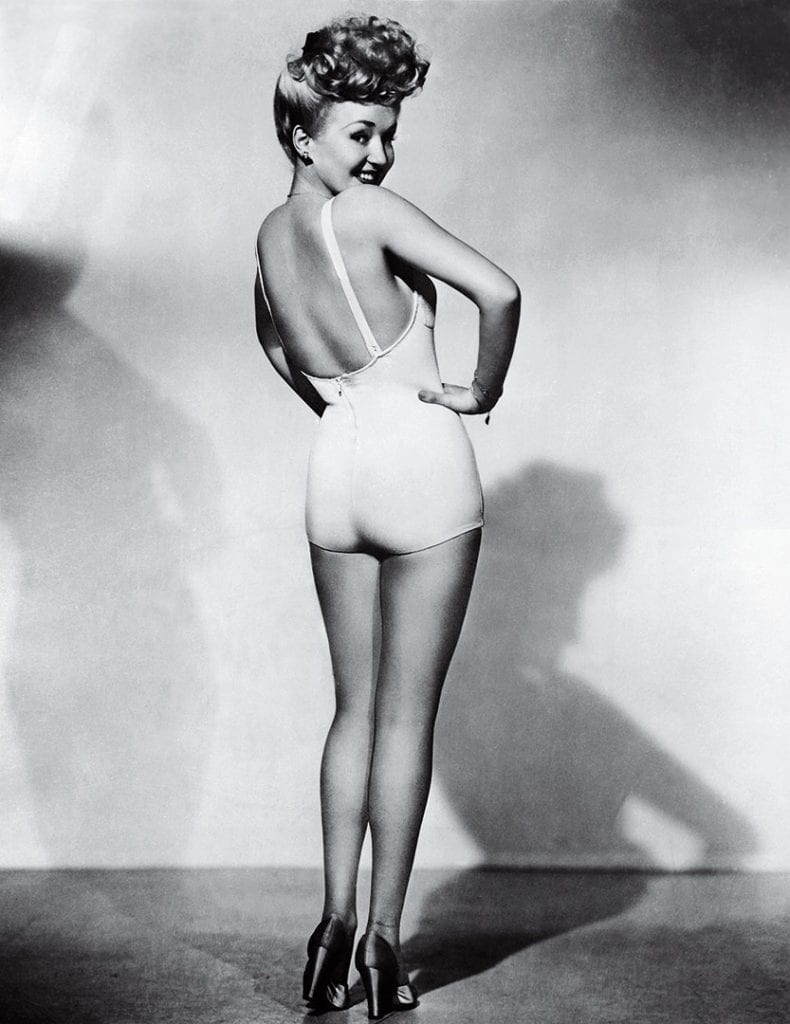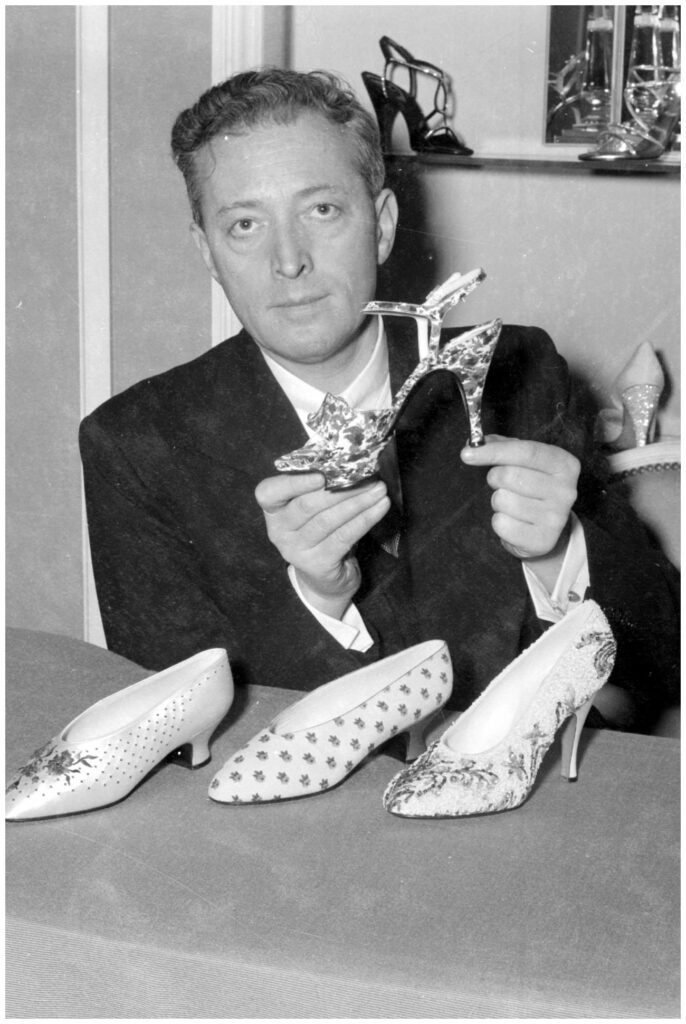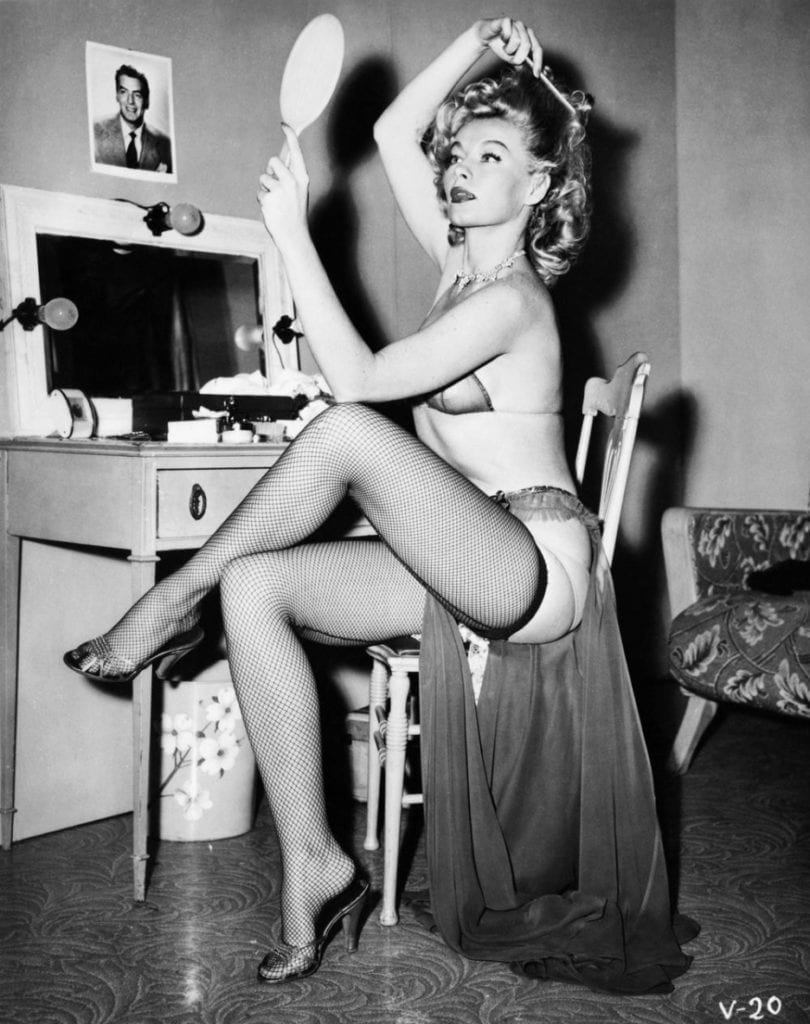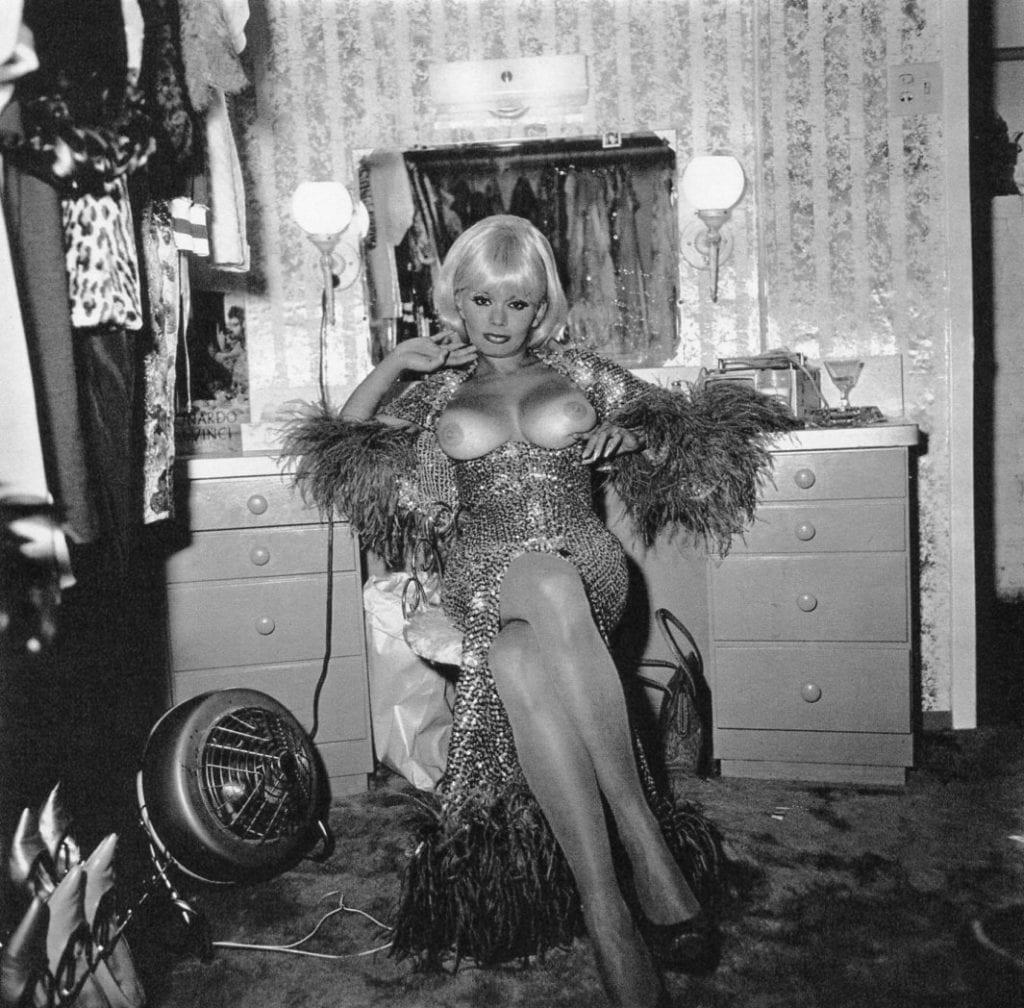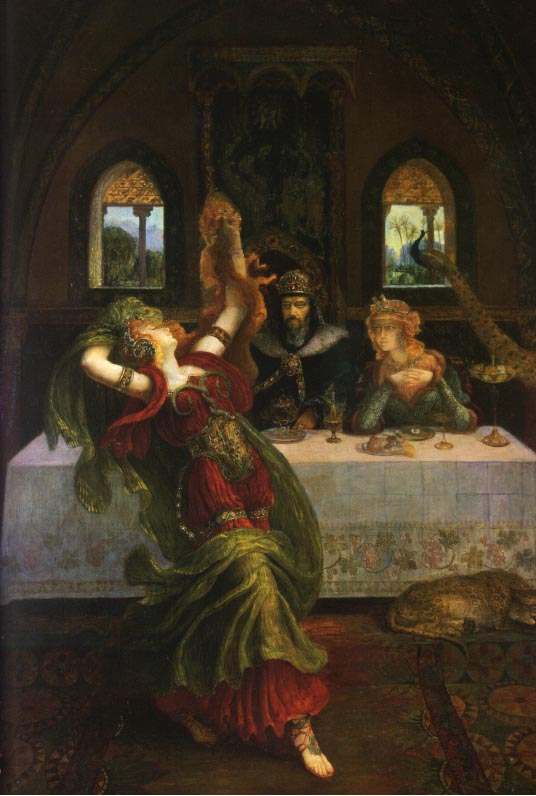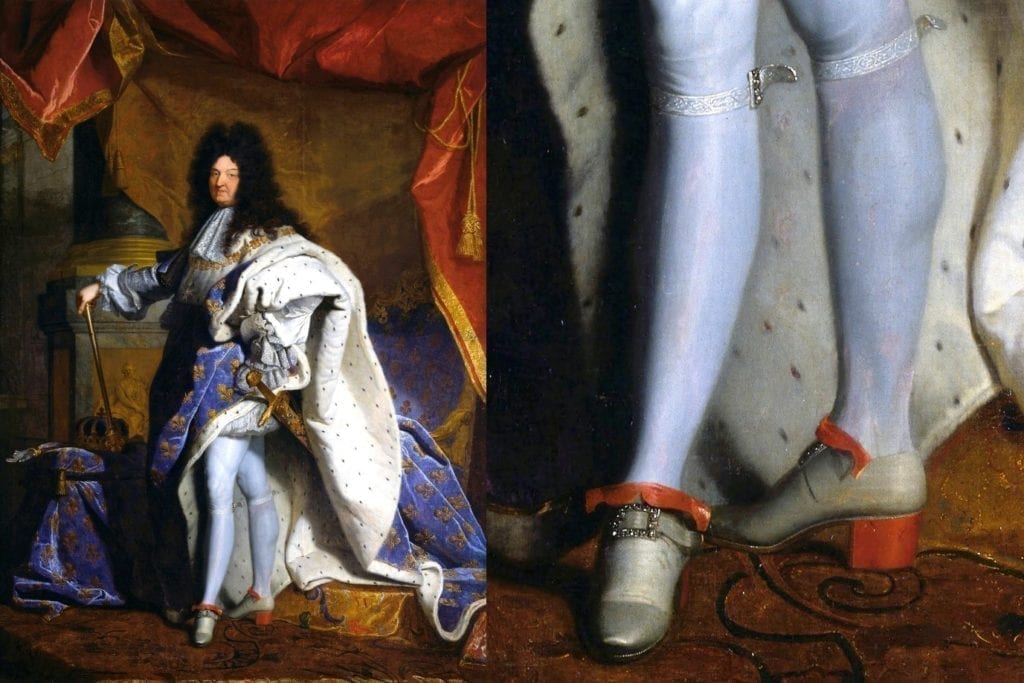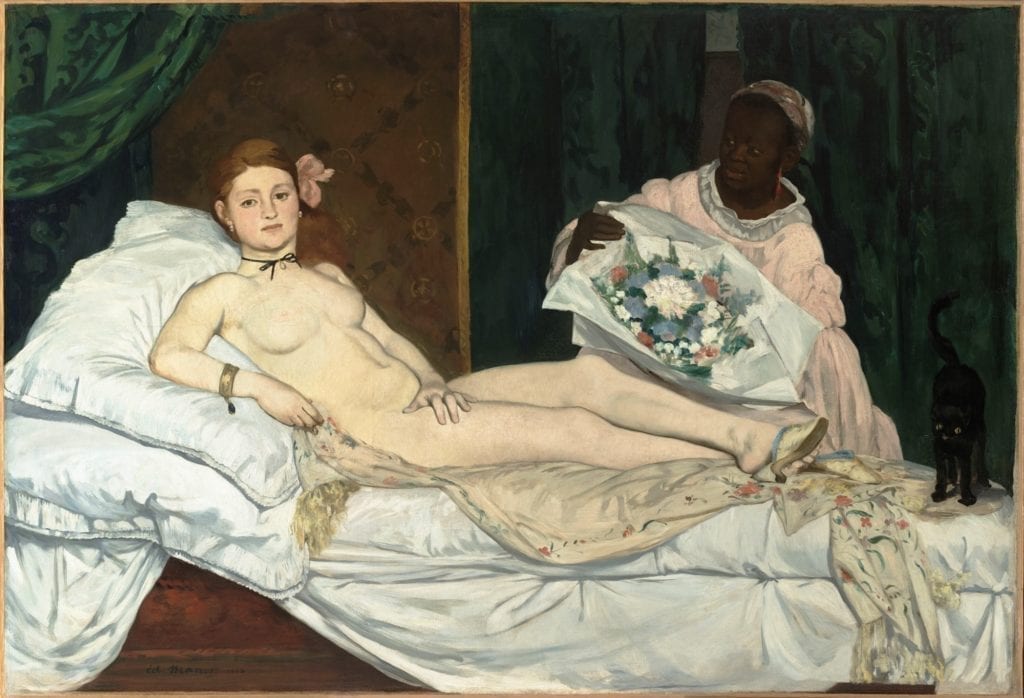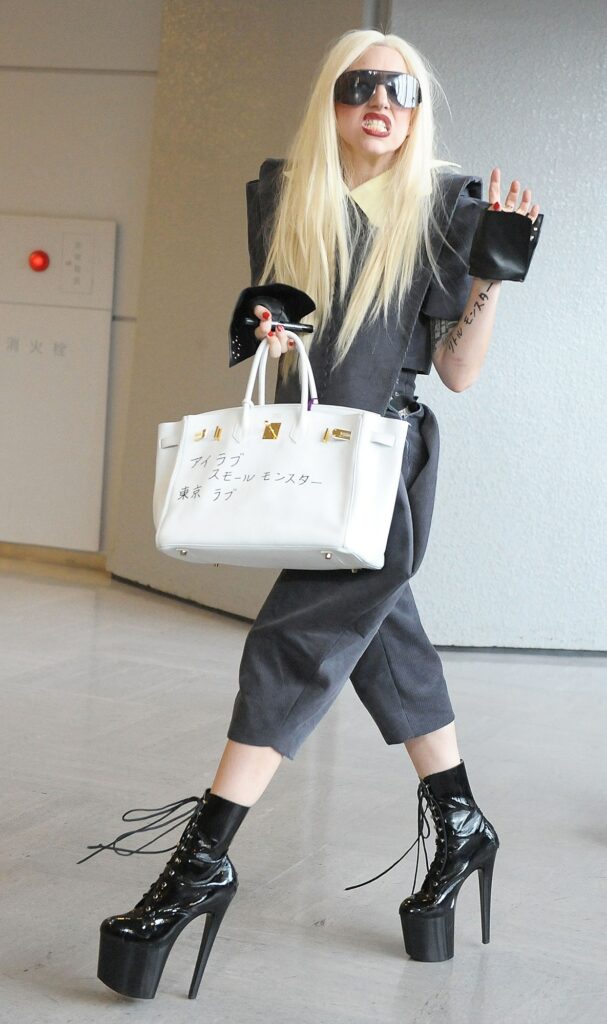Strippers need their platforms today just as much as vintage glamour needed its high-heel stiletto shoe. But that is only the recent story. Heels have a long history of sex appeal, style and power.
Shoes are symbolic. They can communicate a person’s gender, class, sexual orientation, subculture or profession. The absence of shoes can indicate just as much – a monk’s religion or vagrant’s poverty. Shoes are rich with meaning. They express the accumulation of centuries of historical and cultural development, and with no more sound than a shuffle or a stomp.
The stripper’s heel is one such shoe.
It is as deep with meaning as it is with sex appeal.
Its history is interwoven with boundary-pushing artists, fashion innovators and cultural symbolism. It is the physical manifestation of an ongoing conversation. A conversation that seeks to answer: what is hot?
Throughout the ages, the highest heels have been used to express power and extravagance, femininity and allure, voluptuousness and vulnerability. For some: it is the pinnacle of female oppression. The man-made product that was designed to make us appear clumsy and fragile. For others: it is a way to challenge these very ideas. More so, it is a way to be challenged.
The stripper converts the heel’s embedded sexual currency to hard cash.
She not only willingly accepts the challenge of classic pumps, but retorts: ‘double the inches, and I’ll dance too’.
But where did society’s love affair with heels begin? How did their height accumulate so much meaning? And was it always so sexual? To answer these questions, we must reflect on the intersecting and overlapping timelines of sex, strip and shoes.
Since World War Two, heels have been a crucial component to women’s representation. Betty Grable’s iconic pin-up poster topped the charts, surpassing the popularity of Rita Hayworth. She appears in a swimsuit and heels, smiling over her shoulder towards the camera.
Her choice of tall pumps surely contributed to her legacy of ‘Million Dollar Legs’. It was images such as this, relating heels with sexuality, that led to the inevitable rise of the sensible heel.
The sensible heel is whatever the sexual heel is not.
The sensible heel is what respectable, middle-class housewives and churchgoers should wear. Never to be associated with sluts or sinners. The concept of the sensible heel is fluid and changes over time. When the sexual heel was three inches, the sensible heel was half that. Now that strippers are climbing six inches and above, a tall pump is perfectly acceptable for the office. Women are torn between the desire to achieve feminine allure while remaining a respectable distance from those who do it for a living. It has nothing to do with practicality or a shoe’s inherent value. It has everything to do with the ‘morality’ of female sexuality.
A major shift in the timeline of heels was the stiletto.
By increasing the heel from six to eight centimeters, Roger Vivier simultaneously improved the respectability of all heels that came before it. But the stiletto was different. Through Dior’s successful marketing, it was taken up by Hollywood bombshells and housewives alike. Named after a long, narrow blade, the stiletto managed to become a sex symbol that was also acceptable to the everyday woman.
As the stiletto trend took hold of the fifties, burlesque and carnival performers were revamping their respective industries. Atop the highest of heels, they would show more ankle and flash more shoulder. Margie Hart, Lili St. Cyr and Gypsy Rose Lee were famed for their unique striptease acts. Gypsy was known for her ability to have the audience begging for more. It could be a full fifteen minutes before she took off a single glove.
The sixties ushered in sexual liberation movements that pushed the traditional ‘moral’ code to breaking point. Carol Doda made headlines in 1964 when she took go-go dancing topless. The public outrage was only heightened when the act went ‘bottomless’ five years later. The only thing she left on was her shoes. The popularity of her performance was undeniable and the rest of San Francisco, then America, swiftly followed suit.
In the seventies and eighties, second wave feminists began organizing. They argued for equality, reproductive rights and sexual autonomy. They criticized the Western patriarchal society that had been designed by and for the white man. Many argued that society’s relationship with sex was deeply connected to female oppression.
Women identified erotic symbols – makeup, lingerie, heels – and revolutionized their experiences with them.
The heel was particularly significant. Its impractical design and association with the sex industry only strengthened the appeal to reject it.
Though what emerged was a new type of sensible: the post-heel feminist. Heel-wearers of the sex industry became juxtaposed to these two versions of the respectable woman. We are neither the moral lady nor the modern feminist. We will always be bad.
By the turn of the century, the contemporary strip club had finally taken its form.
Although pole dancing began as an unusual carnival act employing the tent’s central pole, it was now commonplace in any gentlemen’s club. Lap dances grew in popularity.
The club took on its contemporary image. It was the ultimate den of vice, second only to brothels. You wouldn’t be surprised if the devil himself showed up in there. But this idea wasn’t new. Sex and nudity have been denounced by Judeo-Christian thought for centuries.
With such a reputation, anyone would be shocked when their attention is brought to the ancient roots of striptease: ‘The Dance of the Seven Veils’. This Biblical performance involved a woman, Salome, slowly undraping seven veils of attire while dancing to a singular audience member, King Herod II.
For the show, the King offered her a reward of her choice.
It was the first example of a stripper negotiating her own salary.
Salome chose the head of John the Baptist.
The dance reemerged centuries later in Oscar Wilde’s 1891 play ‘Salome’. The production massively influenced the European burlesque scene which had previously been dominated by non-sexual satirical comedies. The trend was so significant that it gained the title ‘Salomania’. Burlesque was going through a rapid, sexual evolution.
By this stage, the early showgirls of the twentieth century had already embraced the heel.
Laden with historical and cultural meaning, heels were supposed to reflect intimate femininity. They were an indicator of womanhood. A tool of allure. Though, not always.
Originating as a practical accessory for Middle Eastern horse riders and military men, the heel found its way to Europe in the sixteenth century. It was King Louis XIV of France who brought the rugged, exotic and thoroughly masculine product in vogue. For Louis, heels were an item of extravagance and social status. Their red sole and heel, a reflection of nobility.
Louis Vuitton continues the elitist tradition of red soles to this day.
It took a few decades for women to pick up the heel. At first, it was to appear more masculine. A way to flaunt one’s social position. Though over time, it became a way to establish femininity and hide the size of one’s feet. Heels became increasingly infused with erotic significance.
Édouard Manet’s portrait of ‘Olympia’, a nude sex worker, reveals that heels had already made their debut in the sex industry by 1865.
Like today, sexual connotations were reflected in the height of one’s heel. The ever-growing heel.
In the contemporary strip club, heels have once again gone through a growth spurt. In 1994, Pleaser USA began catering to these new markets.
Now we have heels as high as ten inches, known as ‘Stripper Shoes’.
These extraordinary heels have been consistently and unfairly degraded because of their association with the sex industry. But history will repeat itself. In 2010, stripper heels hit the runways for Prada, Fendi and Dsquared2. In 2016, Lady Gaga was first sighted in her iconic ten-inch Pleasers.
Cardi B, herself a former stripper, included an array of strip club imagery in her 2018 video ‘Money’. Towards the end of the clip she poses with two strippers, on the pole, in lingerie and six-inchers.
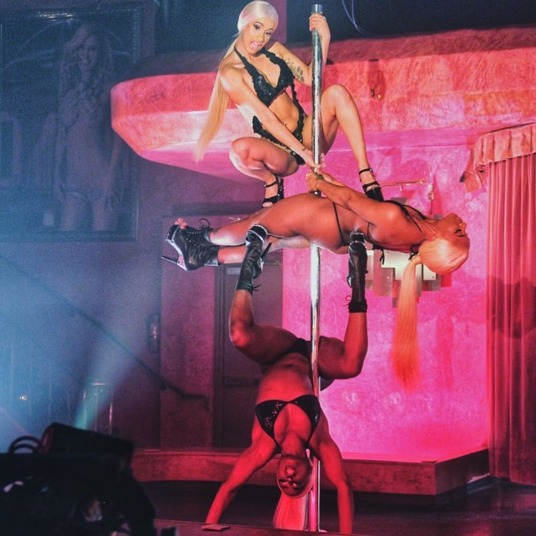
Sexual women have always been vilified – especially when we’re turning a profit. The highest heels have always been out of reach for the ‘sensible’ woman. Even at three inches, they were too erotic, too sinful. The fashionistas who dare climb a little higher, who willingly reject society’s moral code, come close. But no. As they approach our magnificent heights, we will only ascend further. And as we ascend, we’ll know that no matter the height of our heel, we are not immoral or anti-feminist. We are not bad by any other name.

We are merely professionals and this is our uniform.
*
Commissioning Editor ~ Deborah Morgan
Cover Photo/Video ~ Thanks to ~ @fmheels ~ @marie4pole
Closing Image ~ Thanks to ~ @gabby_polerookie


